Top Image: US servicemen walking amidst the ruins of Monte Cassino Abbey destroyed by Allied bombers. From the Collection at The National WWII Museum, 2010.324.234.
Close to the hearts of many Italians, Monte Cassino, a Catholic monastery situated high on a rocky hill above the town of Cassino, was a symbol of peace and magnificence for hundreds of years. However, in 1944 this religious beacon transformed into a looming reminder of Allied attrition, stagnancy, and the costliness of war.
Benedict of Nursia established the very first monastery of his new order on this promontory in 529 AD. Even before Benedict, the location possessed tremendous historic importance. In Benedict’s time, the road leading to the monastery was already more than 10 centuries old and was the location of an ancient Roman temple of Apollo. As monasticism spread throughout Europe, more Benedictine monasteries were founded on the same strict standards as Monte Cassino. Inside the Abbey, monks painstakingly worked to preserve both contemporary and ancient texts, ensuring important documents and manuscripts were not lost to the ravages of time.
The structure itself had been rebuilt many times due to natural disasters and sieges, but remained a center of historic scholarship. The complex that stood above Cassino during World War II was constructed primarily in the sixteenth and seventeenth centuries. Many of the manuscripts preserved within its walls were evacuated to Rome before the fighting raged around the site, however, this did not spare the Abbey itself from ultimate destruction.
As the Allies moved northward up the boot of Italy, invasion forces stalled on either side of the Gustav Line. With the failed amphibious landing at Anzio and brutal fighting at the Battle of the Rapido River, the Italian campaign arrived at a stalemate in January 1944. Four attempts were made to climb the mountain and take the shrine, and each failure led to a tremendous decline in morale. Fifth Army Commander Mark Clark recalled that the battle of Cassino was, “the most grueling, the most harrowing, and in one aspect the most tragic, of any phase of the war in Italy.” This never-ending battle was one of the places where the all-Nisei 100th Infantry Battalion earned their nickname “Purple Heart Battalion.”
Allied Forces assumed that the Germans were using Monte Cassino as a fortified position and observation post. Even ambiguous information regarding the German’s location was believed to be valid. However, up to the last days before the bombing, Martino Matronola, a monk who remained at Monte Cassino, asserted that the Wehrmacht was not using the monastery. A number of terrified townspeople from Cassino, Matronola, and one other monk were the only ones trapped in the Abbey during the bombing.
-

Piles of rubble surrounding the bombed out Abbey of Monte Cassino. Official caption on front: "The ruined Abbey of Monte Cassino after German surrender. US AAF Photo 232-6. From the Collection of The National WWII Museum, 2013.495.1681.
-

Large cloud of smoke forming above multiple explosions from a US Army artillery bombardment; the Abbey of Monte Cassino is hidden behind the cloud. Official caption on front: "Blasting Nazis in Benedictine monastery at Cassino, 2-15-44. US Army Photo 177-13." Cassino, Italy. 15 February 1944. From the Collection of The National WWII Museum, 2013.495.1389.
-

View looking up at the destroyed Monte Cassino Abbey. Official caption on front: Official caption on front: "MM-5-44-5369." Official caption on reverse: "Signal Corps photo-20-May-1944 (Italy) Fallen Fortresses! Pointed toward its objective rests an Allied tank-disabled. In its path lies the former German key fortress of the Gustav Line, Cassino - also disabled! On the highest peak, in background, is the Abbey, the 'eyes' of the enemy (now closed) during the long Allied attack. Sig C Radio Telephoto from Italy.#." Cassino, Italy. 20 May 1944. From the Collection of The National WWII Museum, 2002.337.524.
-

Italian refugees walk along a roadway. Official caption on front: "MM-5-44-303"; Official Official caption on reverse: "Sig. Corps Radio Photo-2-7-44 / Italy! Refugees on a mountain road in the Vallerotunda area, near Cassino, fleeing their town enveloped in battle, seeking safety behind the front." Vallerotonda, Italy. 7 February 1944. From the Collection of The National WWII Museum, 2002.337.080.
As B-17s, B-25s, and B-26s soared over the sacred site on February 15, 1944, bombs rained down on much of the structure, reducing it to rubble. Even though German forces were camped on the mountain below, none were harmed during the bombardment. The two monks also survived unscathed, but an estimated 115 refugees taking shelter perished during the attack. In David Hapgood and David Richardson’s book on Monte Cassino, they illustrate the scene as the monks emerged from their underground shelter, “The cloisters and their colonnades were all smashed. Where monumental stairs had led up to the basilica, they saw only a jumble of fallen rocks. . . The statue of Saint Benedict still stood in the cloister, but it had been decapitated.”
The bombing decision came only months after Eisenhower’s Protection of Cultural Property Order, signed in December 1943. Eisenhower details in the order, “If we have to choose between destroying a famous building and sacrificing our own men, then our men’s lives count infinitely more and the buildings must go. But the choice is not always so clear-cut as that. . . Nothing can stand against the argument of military necessity. That is an accepted principle. But the phrase ‘military necessity’ is sometimes used where it would be more truthful to speak of military convenience or even personal convenience. I do not want it to cloak slackness or indifference.”
Eisenhower's Protection of Cultural Monuments Order, December 29, 1943, File: CAD 000.4 (3-25-43) (1), Sec. 2, Security Classified General Correspondence, 1943-July 1949, General Records, Civil Affairs Division, Records of the War Department General and Special Staffs, RG 165. Courtesy of The National Archives.
The total ruin of Monte Cassino evoked mixed emotions on both sides and remains one of the most debated decisions of the war itself. Americans with loved ones and friends involved in the conflict were angry that their family members might be risking their lives to save a building. Preceding the bombing, soldiers and spectators camped out for an optimal view of the destruction. When the initial bombs hit the Abbey, cheers emanated from the troops and reporters below. Many American newspapers published the falsehood that the monastery was inhabited by German troops, capitalizing on the headline that the Nazis violated the religious institution to use it as a safe haven. Instead, the bombing of Monte Cassino became fodder for the German propaganda machine to smear the United States as enemies of ancient and religious traditions.
In the end, the destruction of the Abbey proved to be incredibly detrimental to the Allies. In the coming months, the German forces hid in the rubble, occupied, and fortified the site. Subsequent Allied assaults up the mountain achieved little despite heavy casualties. Polish troops finally captured Monte Cassino on May 18, 1944, five months into the bloody campaign and four months after the monastery was leveled.
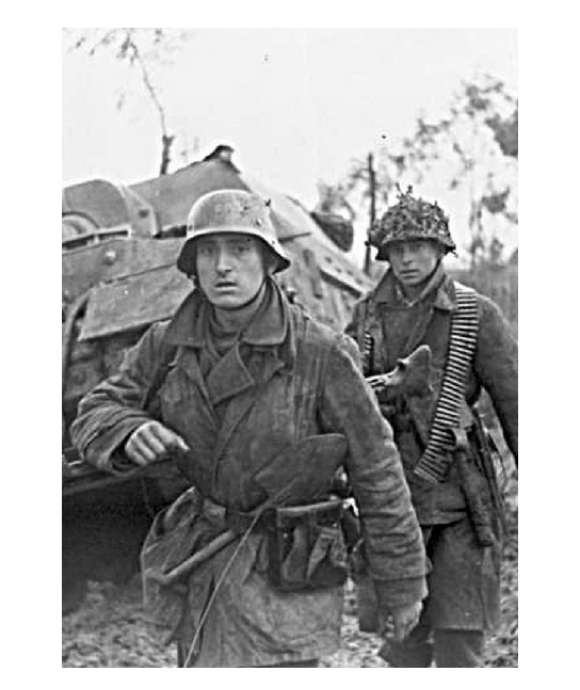
Last Ride at Anzio: The German Counterattacks, February 1944
How a forceful German counterattack in February 1944 could not push back the Allied Anzio landing.
Chrissy Gregg
Cite this article:
MLA Citation:
APA Citation:
Chicago Style Citation:
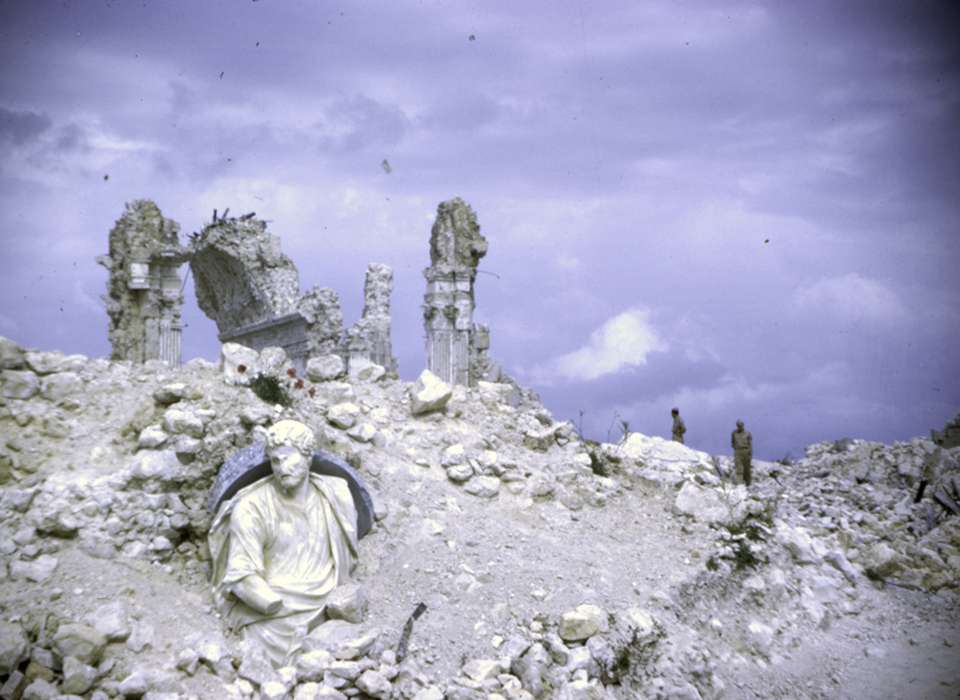
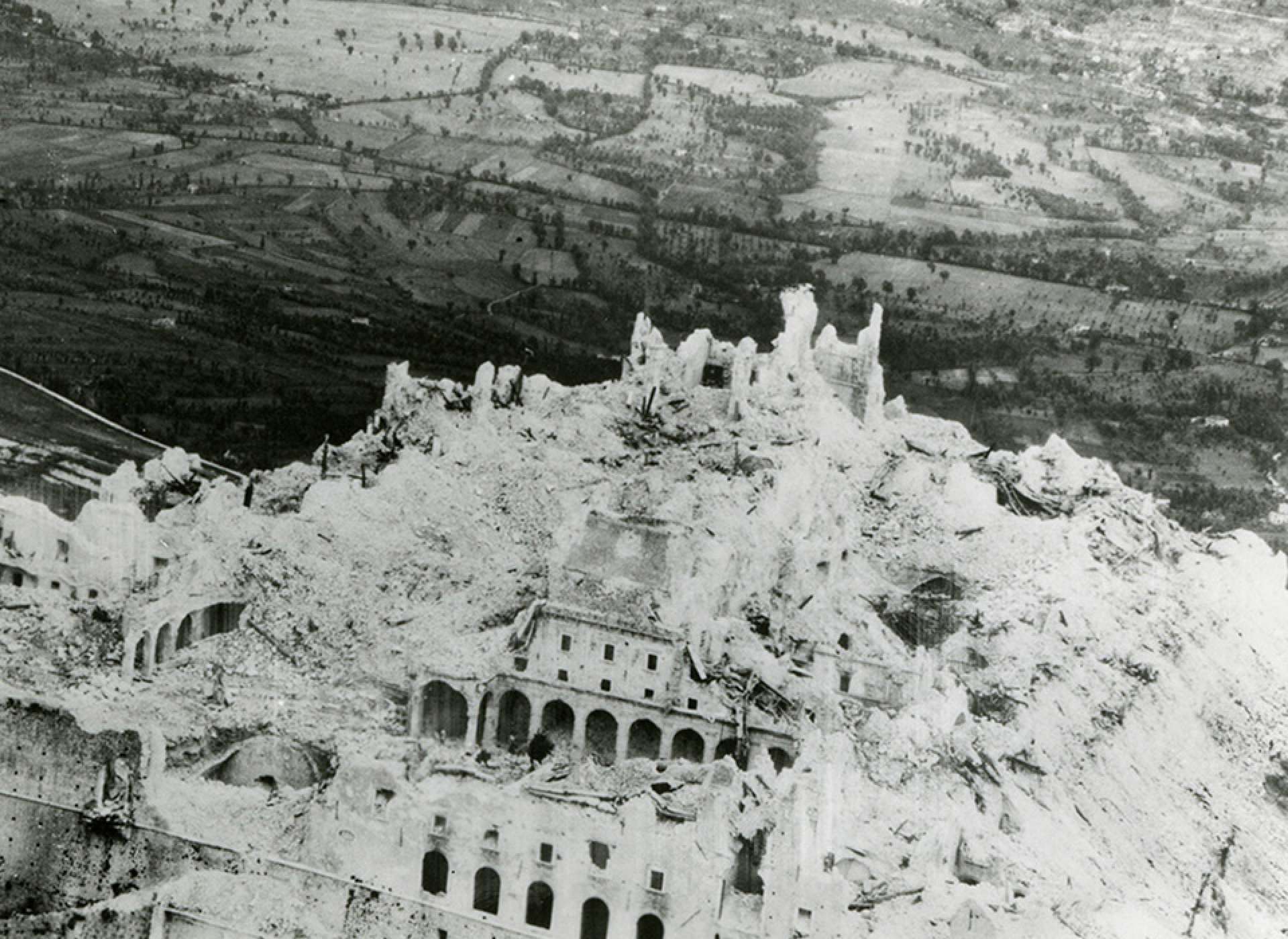
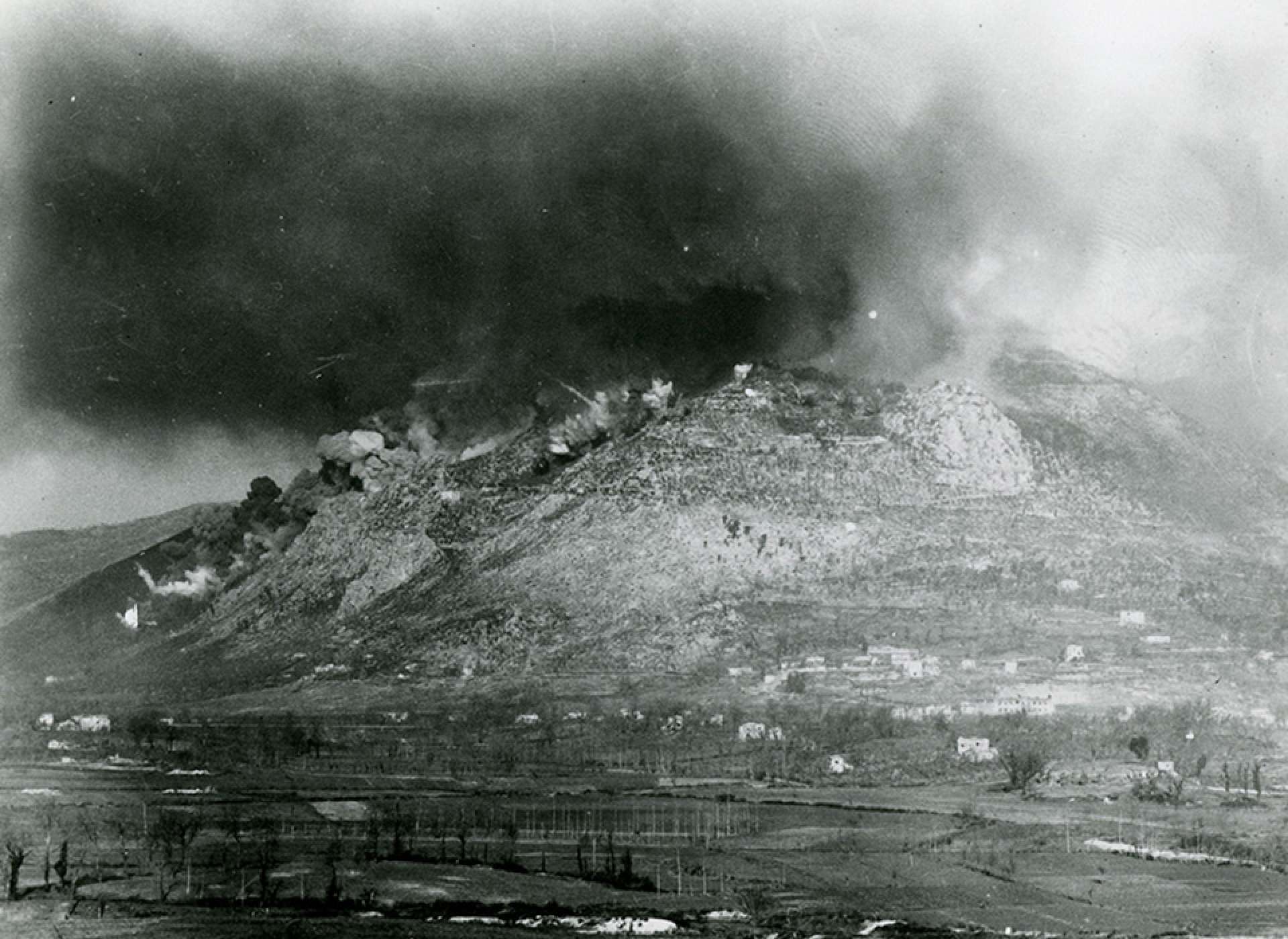
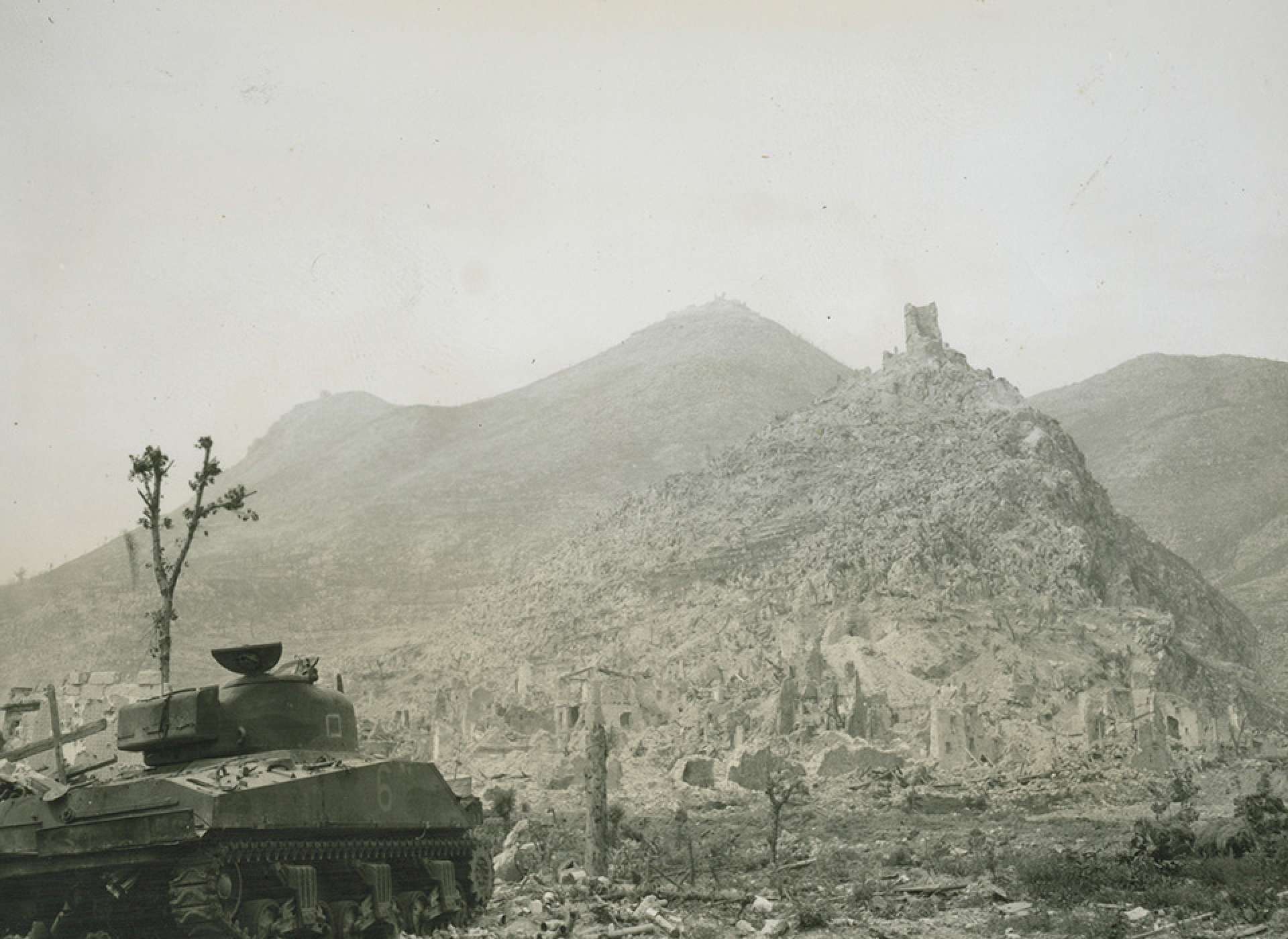
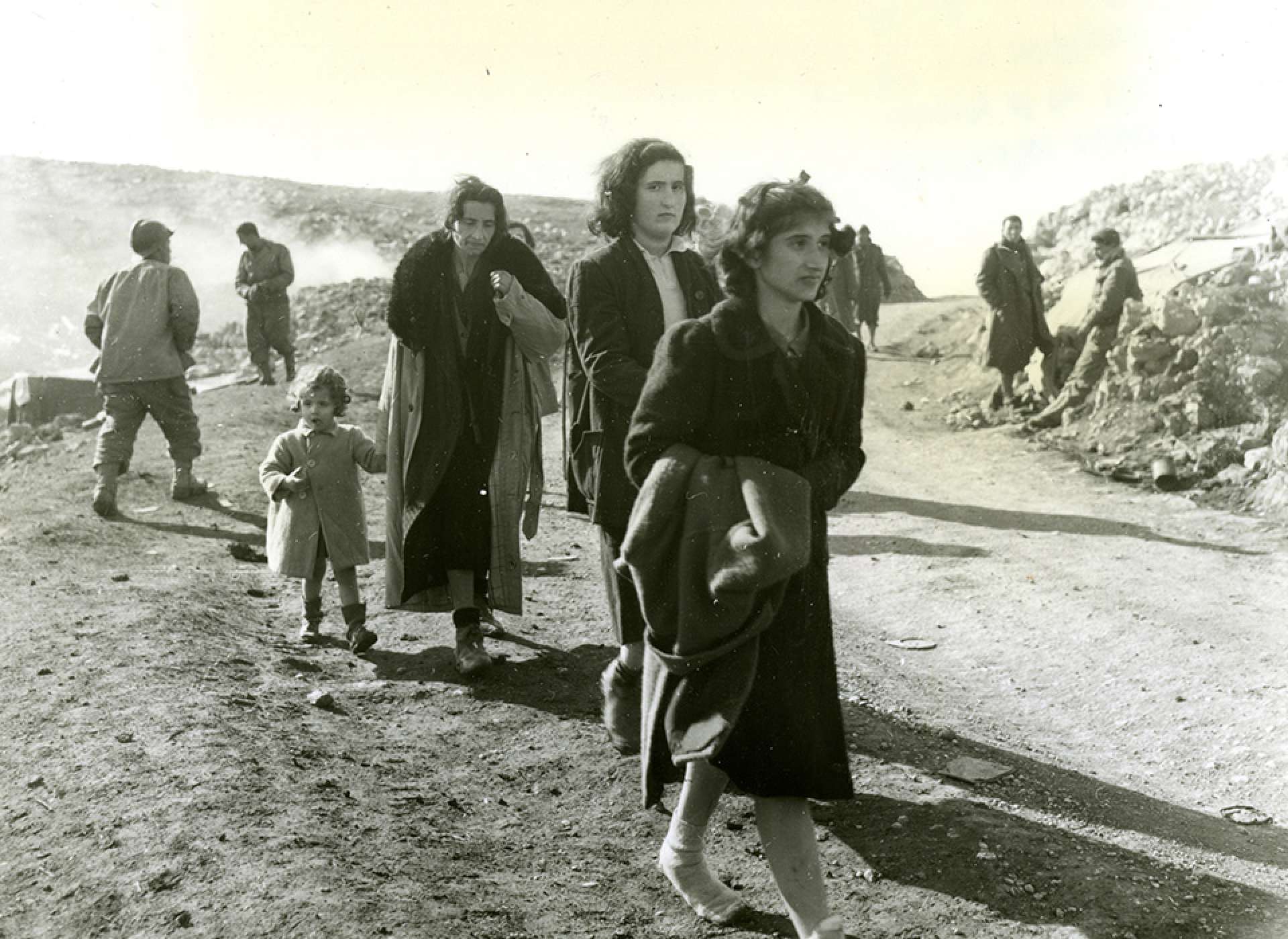
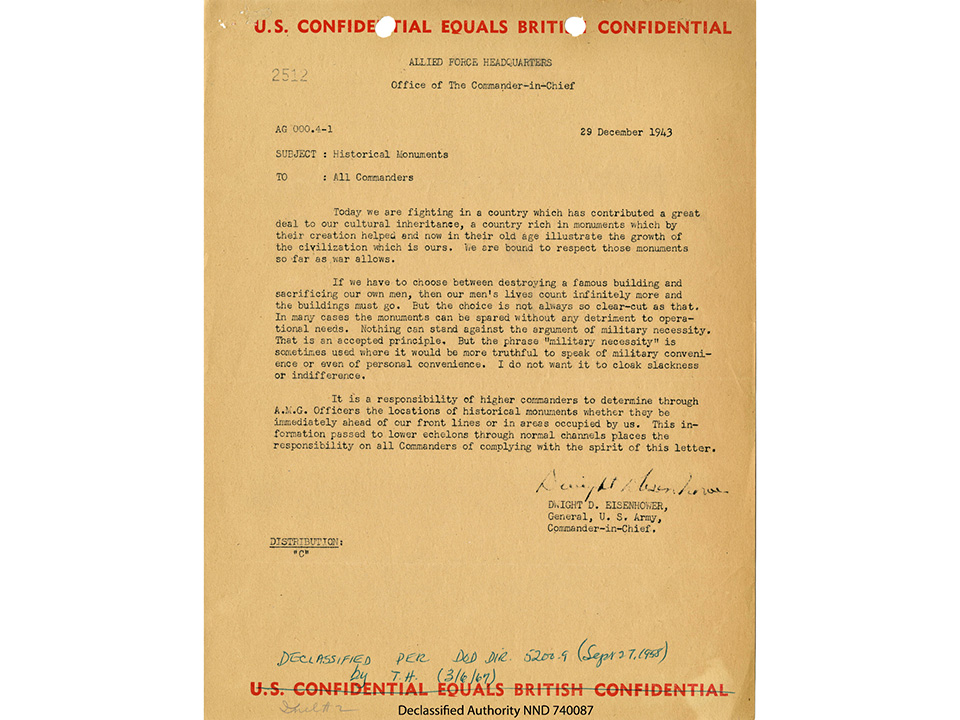

![Max Fuchs, New York City cantor, sings as Rabbi Sydney [sic] Lefkowitz, Richmond, VA, conducts the first Jewish services from Germany.](/sites/default/files/styles/max_650x650/public/2025-10/image1.jpg)






